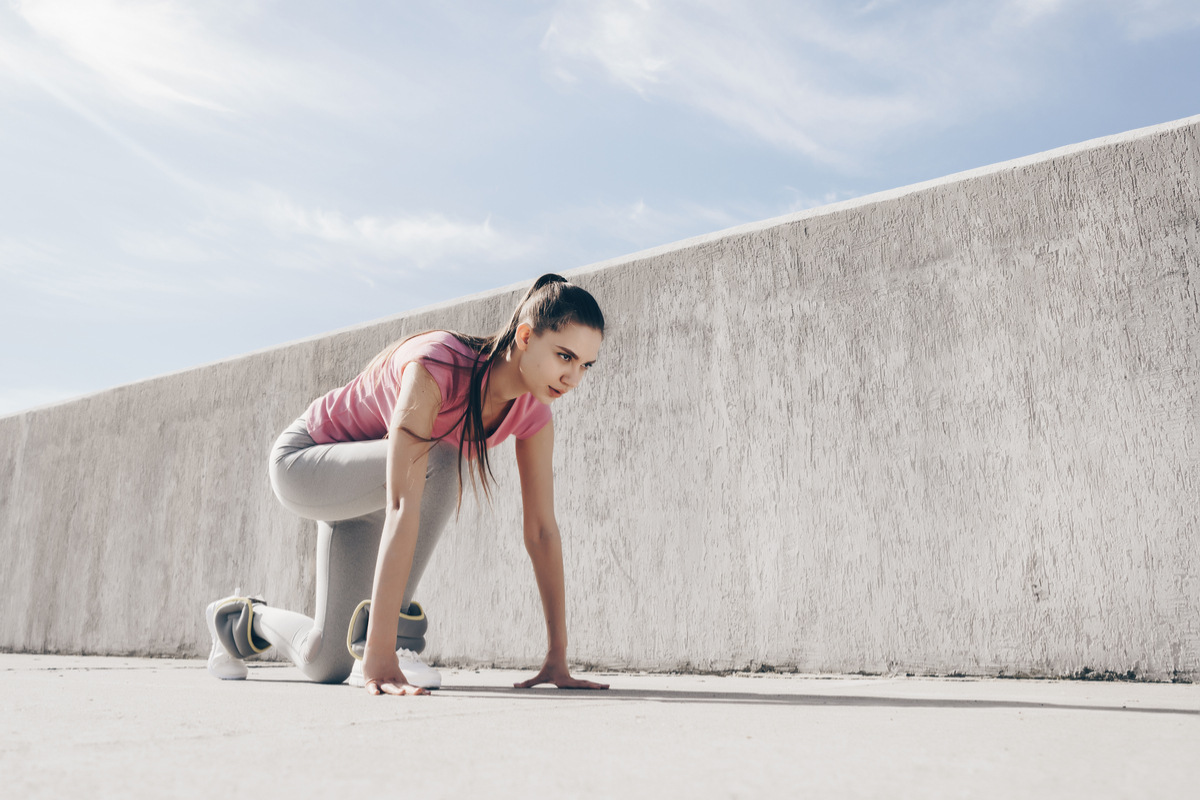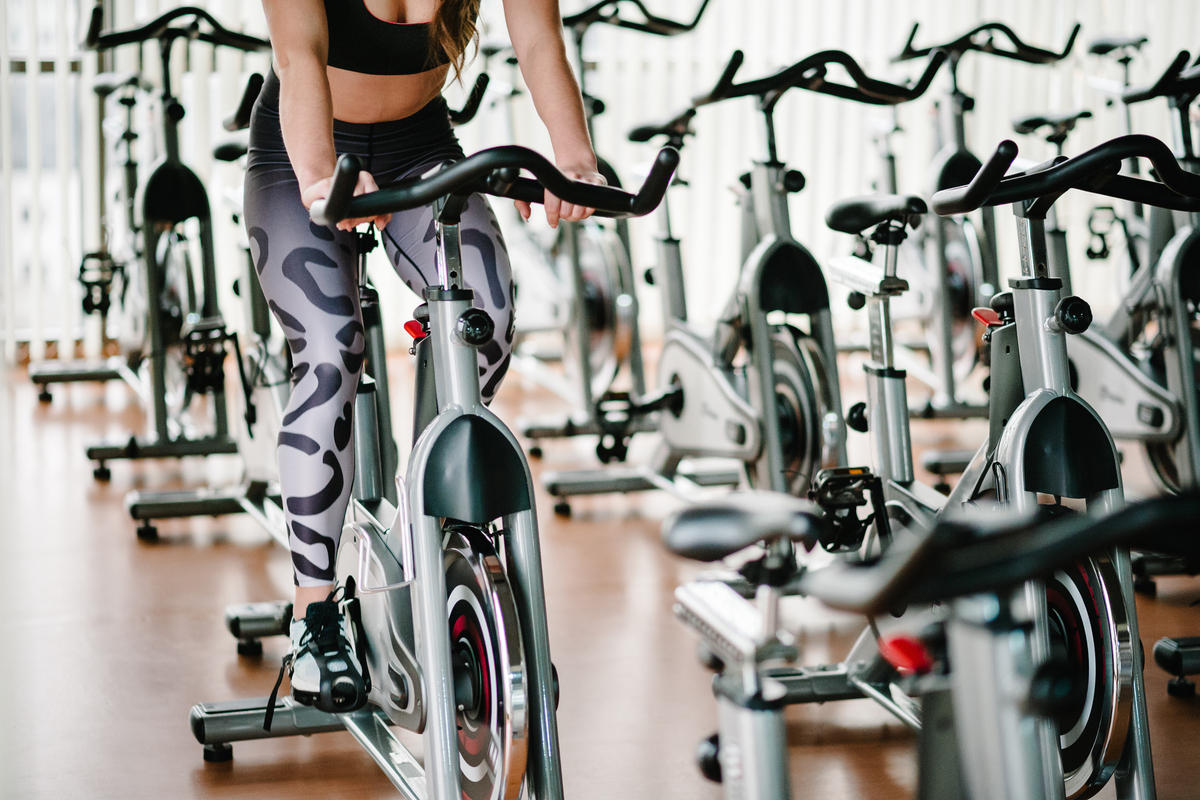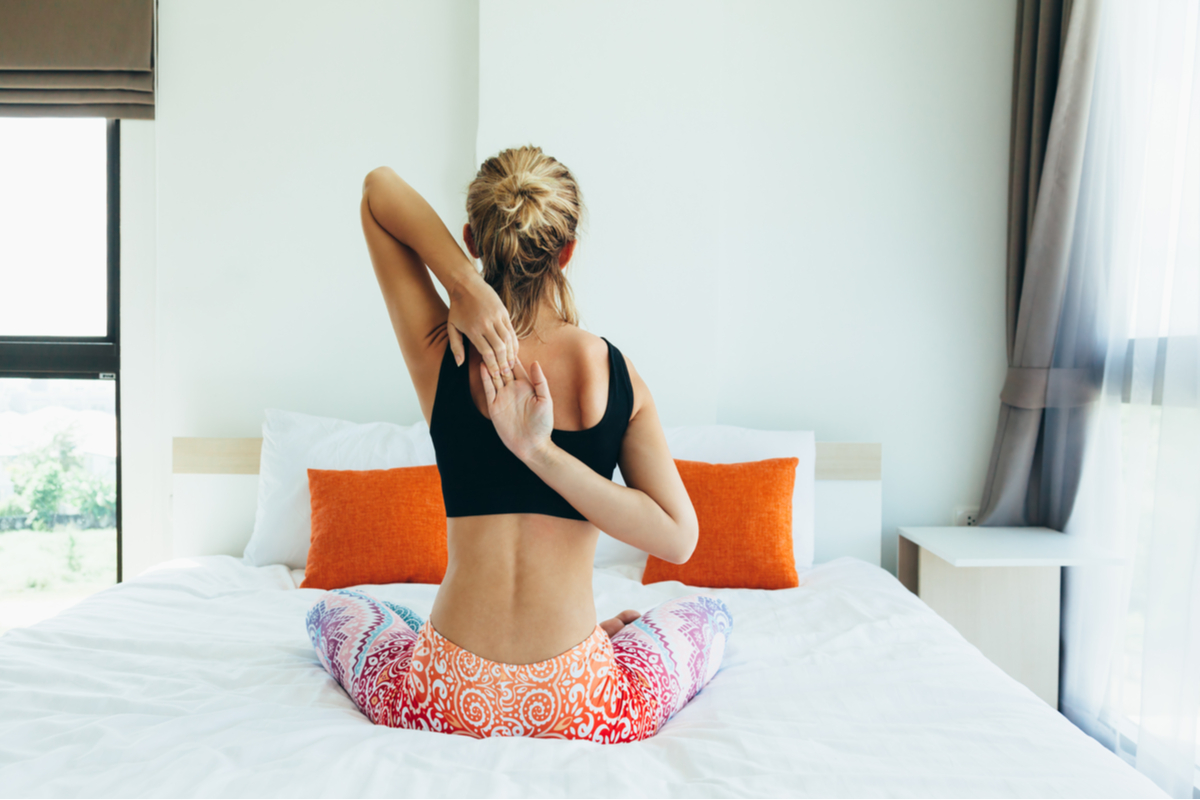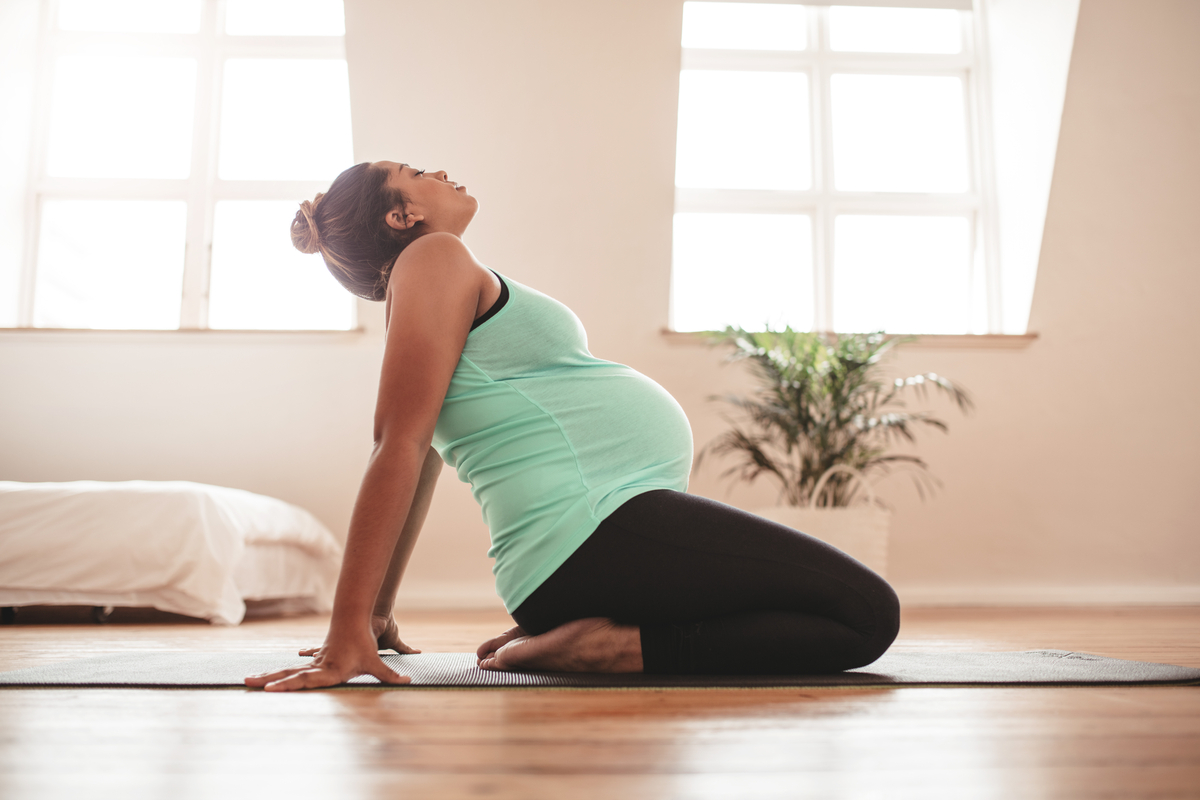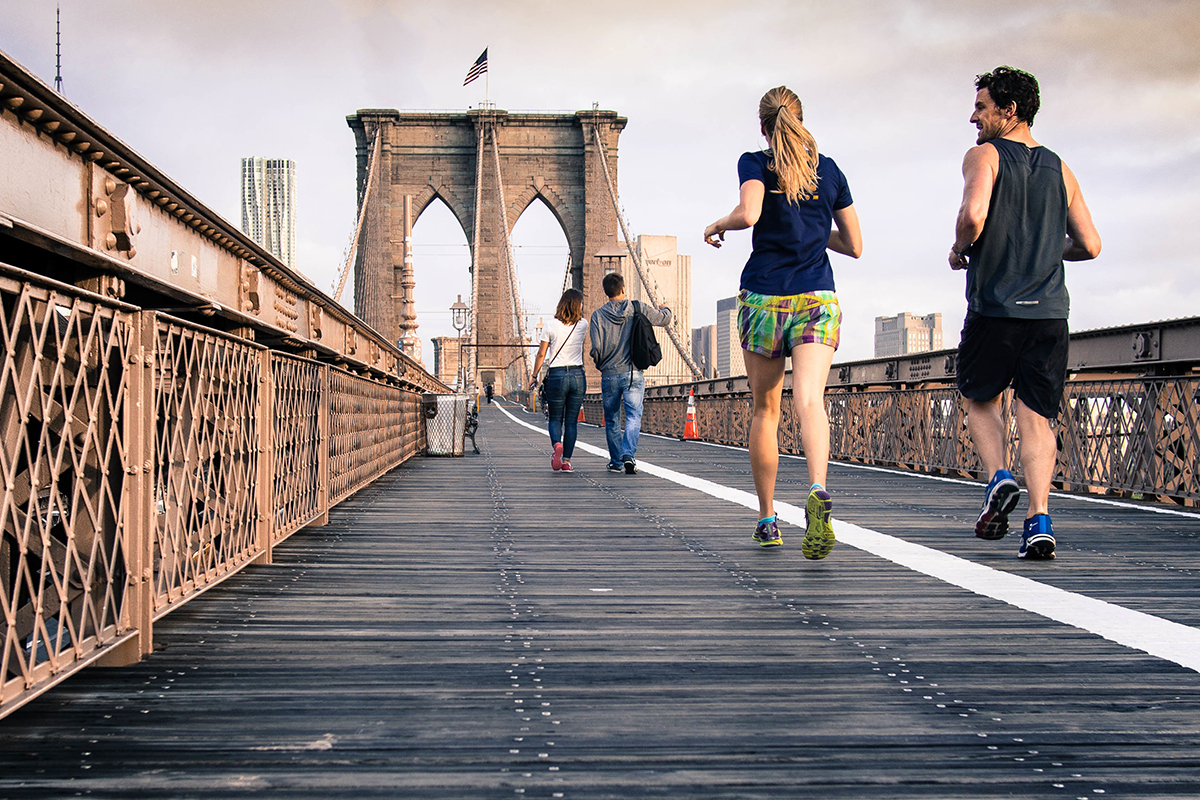To weight or not to weight? All your questions answered.
Ankle weights: likely the first thing to come to mind is your mother’s aerobic videos from the 80s and 90s. If you’re thinking these weights are outdated, you’re not alone! However, when reimagined with today’s advances in workout programming, they can be extremely helpful in getting stronger and helping build balance. Here’s the scoop on how to master them in the new millennium.
What do ankle weights do?
We all gravitate toward the pieces of equipment we’re familiar with, and chances are, ankle weights aren’t one of them… yet. Ankle weights are a great way to provide resistance during isolated exercises like leg lifts. They’re even greater for rehabbing from injuries, as the weight is light enough to help you relearn proper form, and focus on the effects the resistance has on your body. How is this possible? Just like lighter resistance exercises like Pilates, the weight allows you to focus on total muscle group engagement during the full range of the exercise.
What are ankle weights for?
Ankle weights add extra weight to your legs. This can be used for mobility work, pilates classes, light strength training or exercising in general.

Do ankle weights work?
Ankle weights can improve a workout if you use them correctly. One of the most common ways to incorrectly use ankle weights is to wear them while running or performing circuits. Weighted runs and exercises have their time and place, but placing the weight on your ankles may create ankle or knee issues. When weight is placed on your ankles it alters your natural running stride, which could lead to an injury.
How to use and put on ankle weights
It’s important to place the weight correctly in order to ensure proper form and protect yourself from potential injuries. Place the weight directly above your ankles and tighten the straps. Attaching them loosely will cause the weight to slide around.
Ankle weight exercises to try
Glute kickbacks: Since lighter resistance is the goal of ankle weights, it’s most effective to do four sets of higher repetitions, between 10 to 12 on each side. You can perform this standing or on all fours, depending on your ability level. Make sure your abdominals are contracted, and you lift your leg from the crease of your glutes. This will ensure proper form and help you build a solid foundation for exercises like deadlifts!
Leg lifts: This is a great exercise for your abs as well as your quads! If you’re lying down, you’ll feel more abdominal work. If you’re in a seated position, you’ll target your quads.
Crunches: If you’re an advanced student, this is a great way to further your core strength. Perform any type of crunch with the weight attached, and always remember to generate the movement from your core to keep the strain out of your hip flexors!
Lateral leg lifts: This is a great exercise for runners! From a standing position, squeeze the side of your hips to lift your ankles off the ground. Repeat for 4 sets of 10 to 12 reps to help strengthen your hips to avoid knee injuries while running.

